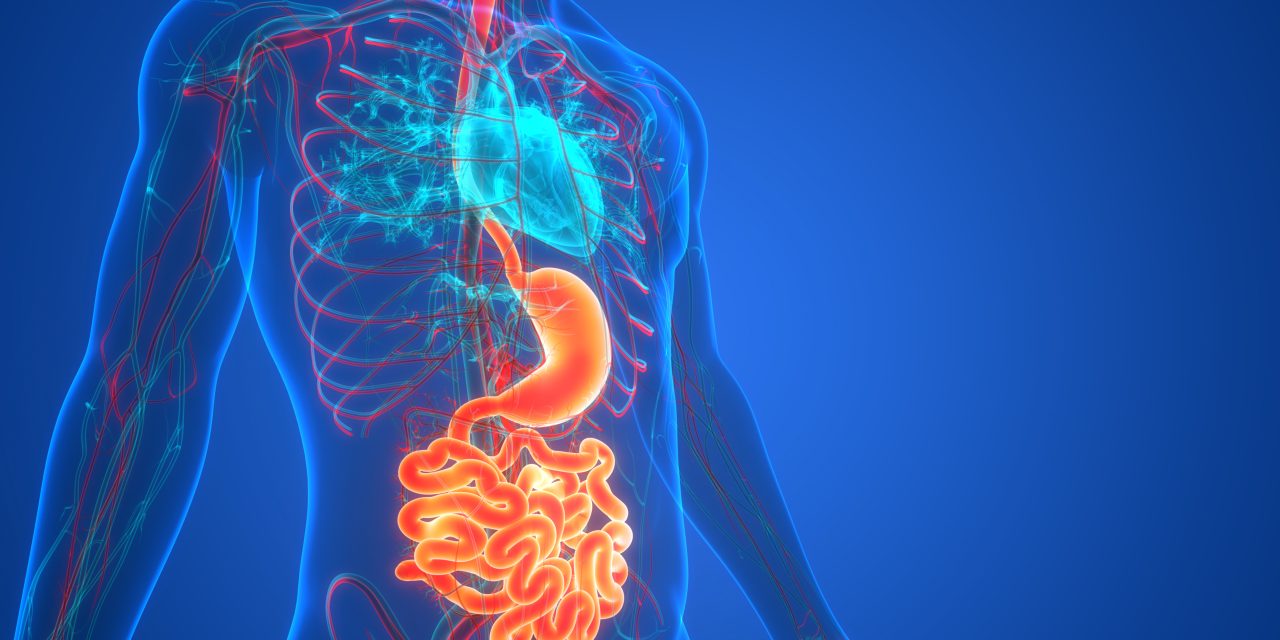Celiac Disease (CeD) is estimated to currently affect 2 million Americans in the United States. This autoimmune disorder occurs when the consumption of gluten-based products leads to an inflammatory response in the small intestine. Over time, this inflammatory response permanently damages the villi in the small intestine. Celiac disease patients generally present with fatigue, diarrhea, and weight loss due to the disease. The current gold standard for diagnosing CeD is the endoscopy with duodenal biopsy indicating villous atrophy and crypt hyperplasia. No FDA-approved medication exists for the treatment of CeD and the only recommended course to alleviate CeD induced symptoms is to abstain from consuming any gluten-based products. There are several clinical trials actively developing and testing pharmacological approaches to treat CeD. Two of the further advanced clinical trials include AT-1001 Larazotide acetate and IMGX-003 (formerly known as ALV003) Latiglutenase therapies. These drugs aim to alleviate celiac disease-induced symptoms using two different approaches. AT-1001 aims to close the villi’s tight junctions, while IMGX-003 acts as a gluten endopeptidase that degrades gluten before being absorbed in the small intestine. This review article summarizes the various preclinical research and clinical trials being conducted and specifies the mechanism by which these drugs function.Copyright © 2021. Published by Elsevier B.V.
Current pharmacological approaches and potential future therapies for Celiac disease.


